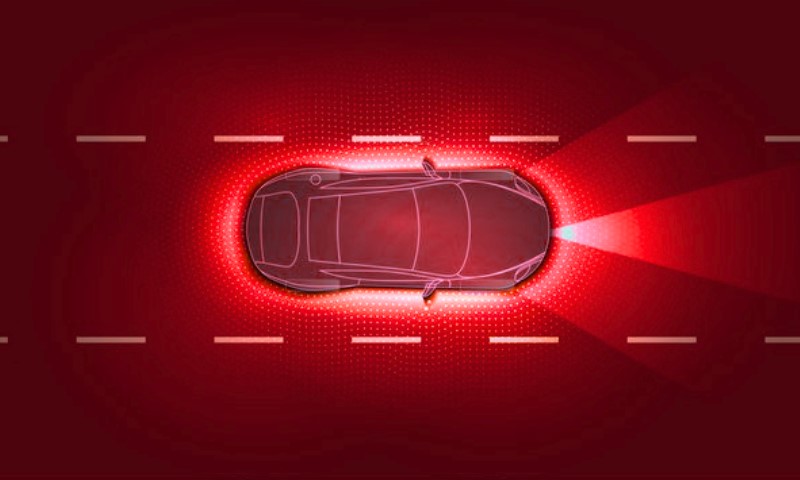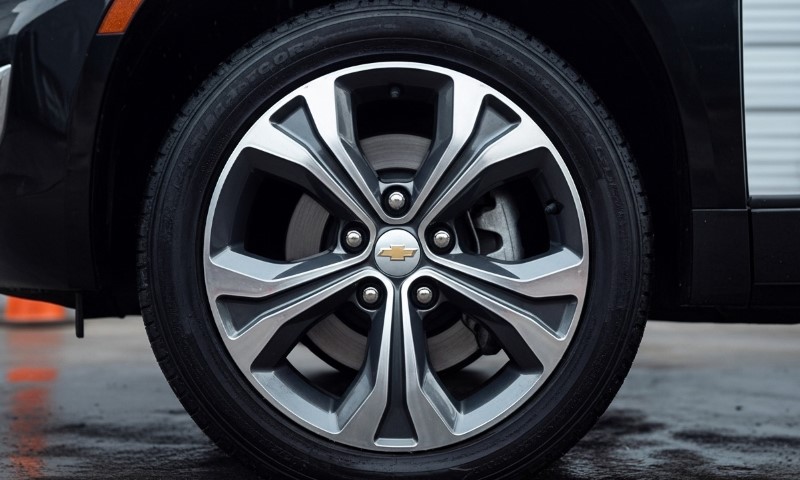
Share Post:
Range has always been the bragging right of electric bikes, but in 2025, it’s also the most inflated metric on the spec sheet.
Riders see bold claims like 200 or 300 miles per charge and imagine days of worry-free pedaling, only to realize later that those numbers were reached under perfect lab conditions that rarely happen outside a controlled test loop.
To make sense of what’s real and what’s not, you have to filter through marketing, focus on watt-hours, and look for real testing from credible reviewers.
Here’s a breakdown of the longest-range e-bikes you can actually buy in 2025.
Table of Contents
ToggleRanking Criteria for 2025’s Longest Range E-Bikes
Each model below was selected based on:
- Claimed or verified maximum range from reputable cycling outlets or manufacturers
- Battery capacity (watt-hours)
- Real availability in the U.S. or Europe in 2025
- Preference for UL 2849 or 2271 certified systems
- Credible real-world testing
1. Optibike R22 Everest (USA)
Claimed Range: up to 300 miles (483 km)
Battery: Dual 1,630 Wh packs, total 3,260 Wh
Motor: 1,700 W mid-drive, 190 Nm torque
Optibike sits at the top because it simply dwarfs most competitors in energy storage. A combined 3.26 kWh battery system gives it more capacity than many entry-level electric motorcycles.
Riders report 180 to 210 miles under mixed terrain, which is astounding given the full suspension and off-road tires.
The R22 was designed for long-distance touring with switchable dual batteries, ensuring that one pack can rest while the other powers the motor. It’s a niche bike for adventurers, not commuters, but it sets the standard in raw distance.
2. FUELL Flluid 2 / 2S
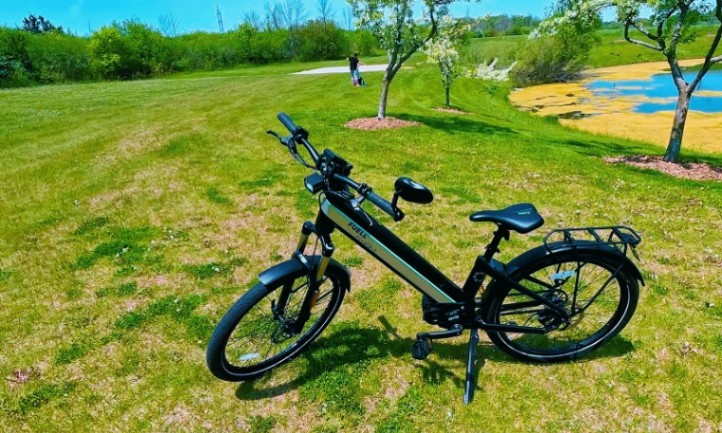
Claimed Range: 225 miles (350 km)
Battery: Dual removable 1,000 Wh packs
Motor: Valeo mid-drive with automatic gearbox, 130 Nm
FUELL’s Flluid 2 and 2S models represent the realistic urban long-ranger. They blend European refinement with American practicality, pairing a Gates carbon belt and Valeo’s integrated automatic shifting.
Commuters who ride gently in Eco mode can see 170–180 miles. Those who push in Turbo or face heavy traffic get 90–120 miles, still well above most daily needs.
The fully integrated system, automotive-inspired interface, and high capacity make it the most complete long-range commuter option in 2025.
3. Mokwheel Onyx
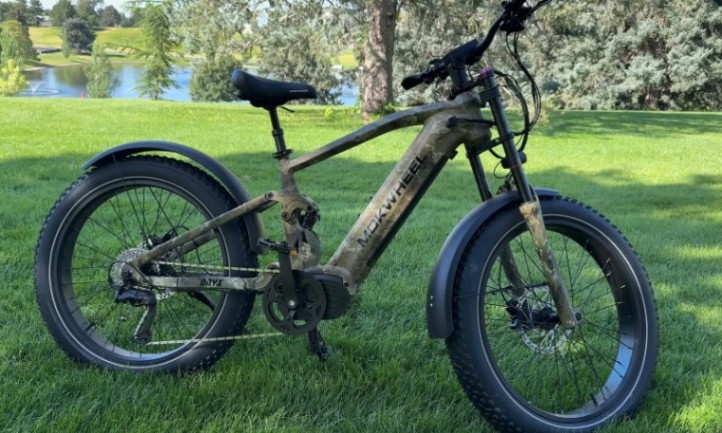
Claimed Range: Up to 60–80 miles (≈100–130 km) per charge (48 V 19.6 Ah battery)
Motor: Mid-drive system, rated 750 W continuous / peak ~1,300 W, torque ~210 Nm+
Tires / Chassis: 26″ × 4.0″ fat tires, full suspension (front fork + rear shock) for mixed terrain use.
Mokwheel’s Onyx is positioned as one of the premium full-suspension mid-drive electric bikes with fat tires aimed at riders who want both power and terrain versatility without escalating into ultra-high-end price brackets. The mid-drive system helps centralize mass and gives a more natural ride feel compared with hub-motors, especially with heavier loads or uneven terrain.
In real-world usage, testers have reported getting 65+ miles under mixed terrain on a single charge (for a heavier rider ~210 lb) and note the ride is “one of the most comfortable” they’ve tried, thanks to its suspension and fat tires.
What Stands Out
- The mid-drive motor and fat tire/full suspension set-up give good versatility for pavement, gravel, light off-road.
- The component package (10-speed Shimano derailleur, hydraulic 4-piston brakes, HD stem display) is above what you might find on many e-bikes at this price.
- The ability to carry heavier loads or ride more aggressively is better than typical urban/commuter e-bikes — payload capacity around 400 lbs (≈181 kg) and a weight of ~89 lbs (≈40.4 kg) for the bike itself.
4. EUNORAU Flash (Triple Battery)
Claimed Range: 220 miles (354 km)
Battery: Up to three packs, total around 2,880 Wh
Motor: 1,000 W hub, optional dual-motor setup
EUNORAU’s Flash targets everyday riders who need long range without spending five figures. The triple-battery system pushes close to 3 kWh, which rivals much pricier adventure bikes.
Weighing more than most commuters, the Flash isn’t built for quick sprints but for all-day mobility. It’s a favorite among delivery riders and car replacers who don’t mind a bit of bulk. Real-world range sits between 120–150 miles, which is still elite.
5. Fiido Titan (Triple Battery)
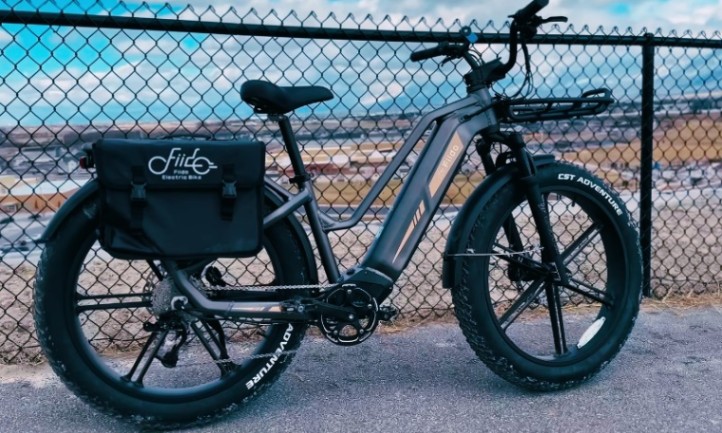
Claimed Range: 347 km (215 miles)
Battery: Three batteries totaling about 1,600 Wh
Motor: 750 W hub, fat tires, cargo-rated to 200 kg
Fiido designed the Titan to handle real loads, such as cargo, touring bags, or child seats. With its modular triple-battery setup, it can push over 200 miles on paper.
Riders who prioritize longevity over speed will appreciate how balanced it feels for a heavy-duty bike. It’s a legitimate touring and cargo platform that stretches each watt-hour efficiently.
Buyers should check local support networks, since Fiido’s global warranty coverage can vary.
6. Lectric XPedition 2.0 Long Range Dual Battery
View this post on Instagram
Claimed Range: 170 to 200 miles
Battery: Dual 48 V packs, up to 1,680 Wh (optional 35 Ah upgrade)
Motor: 750 W rated, 1,310 W peak, torque sensor, cargo rated to 450 lb
Lectric’s XPedition 2.0 might be the most practical long-range cargo e-bike of the year. It brings strong performance, family-hauling capacity, and dual battery options to riders who want value and real-world proof.
Tests from multiple reviewers show 60–120 miles under typical urban loads. That’s more than enough for heavy daily use, especially considering the low price and certified safety features. It remains the go-to choice for long-range commuting families.
7. Delfast Top 3.0i
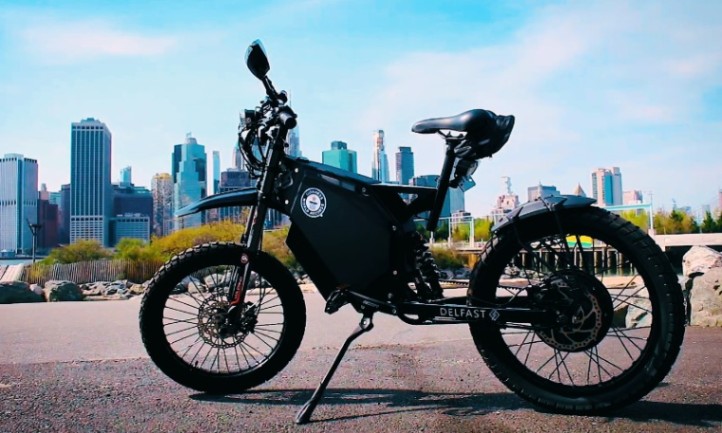
Claimed Range: 200 miles (321 km)
Battery: 3,000 Wh
Motor: High-power hub, up to 5 kW peak
The Delfast Top 3.0i blurs the line between e-bike and electric motorcycle. Its Guinness record lineage isn’t marketing fluff, but the numbers back it up.
It can legally qualify as a moped in some regions due to its output, but riders who stay within pedal-assist limits can still push 120–150 miles in realistic conditions. Throttle-only use drains power quickly, but it remains one of the few bikes that can hit 200 miles in ideal settings.
8. Watt Wagons Hound Supercharged
View this post on Instagram
Claimed Range: 200 miles
Battery: 3,210 Wh (52 V, 60 Ah)
Motor: Bafang Ultra, 3 kW nominal, 3.5 kW peak
The Hound Supercharged is a powerhouse built by U.S. boutique engineers chasing off-grid capability. Its battery alone puts it among the top three by capacity.
The motor’s output moves it into motorcycle territory, and while it’s too powerful for most bike paths, it shines on backroads, hunting routes, and adventure touring. Few models combine raw endurance and strength as effectively as this one.
9. Stromer ST7

Claimed Range: 260 km (160 miles)
Battery: 1,440 Wh
Motor: 940 W rear hub speed pedelec, 52 Nm torque
Stromer’s precision and engineering make the ST7 a benchmark in the speed-pedelec category. It’s the choice for commuters who ride fast and far every day.
The range claim holds up because Stromer tends to quote conservative numbers. Independent testers confirm 100–160 km depending on assist level. Built-in ABS, GPS, and smartphone integration make it as much a digital mobility tool as a bike.
10. Fiido Nomads Touring E-Bike
Claimed Range: 150 miles (240 km)
Battery: Three smaller frame and rack-mounted packs
Motor: 500–750 W, depending on market
The Fiido Nomads is a more travel-oriented sibling of the Titan. Lighter, slimmer, and more efficient, it’s ideal for riders who want long range without cargo-bike bulk.
At roughly $1,300, it’s one of the few bikes offering genuine 150-mile potential at an approachable price. Triple-battery operation works smoothly, though total weight edges higher once all modules are attached.
11. Himiway Rhino / Rhino Pro
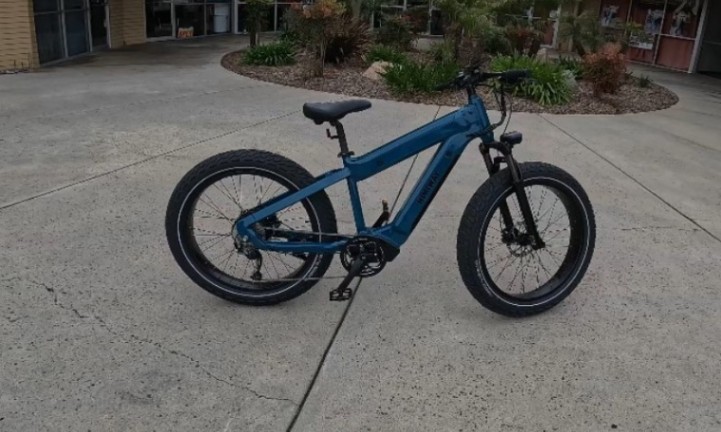
Claimed Range: 100+ miles
Battery: Dual 48 V, 20 Ah Samsung packs (about 1,920 Wh)
Motor: 1,000 W hub, 160 Nm torque
The Rhino family continues to dominate the affordable fat-tire segment. While its 100-mile rating sounds modest compared to the giants above, it achieves that with off-road tires, high power, and substantial load capacity.
It’s one of the most widespread long-range bikes in North America, making parts, service, and community support easy to find. The 2025 models use higher-density Samsung cells, improving efficiency without enlarging the frame.
12. Juiced HyperScrambler 2 (Dual Battery)
View this post on Instagram
Claimed Range: 100+ miles
Battery: Dual 52 V packs, 15.6–19.2 Ah (1,600–2,000 Wh)
Motor: 1,000 W hub, 2,000 W peak
Juiced Bikes built its reputation on moped-style power and design, and the HyperScrambler 2 keeps that tradition alive. Two battery packs make the big motor manageable.
With careful throttle use, 100 miles is possible, though riders who stay in “Race” mode will get 30–40 miles. It’s not for those chasing featherweight efficiency—it’s for those who want both thrill and endurance.
13. Aventon Aventure.3
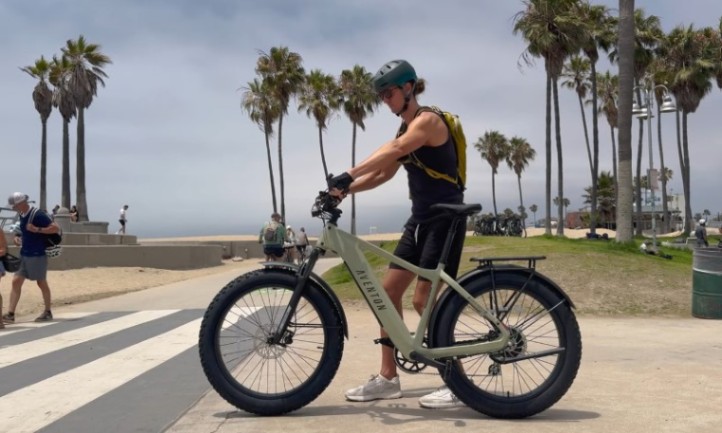
Claimed Range: 60–80 miles
Battery: 720 Wh integrated pack
Motor: 750 W hub with torque sensor
Aventon’s Aventure.3 earns a spot not because of extraordinary numbers, but because it defines the upper range limit for mainstream fat-tire bikes in the $2,000 class.
Reviewers note its improved efficiency from the torque sensor and tuned controller. In Eco mode, 70+ miles is realistic, setting a benchmark for affordable long-range commuting. For most riders, that’s a full week of rides on one charge.
How 2025 Range Claims Should Be Read
Manufacturers love to publish their range numbers using light riders, warm temperatures, flat paths, and the lowest assist mode.
Those factors skew results upward. Here’s what actually shapes your range more than anything else:
Battery Capacity
The battery defines the ceiling. Once capacity crosses 1,000 Wh, you’re in long-range territory. Dual or triple battery systems above 1,600 Wh often break 150 miles on paper. Bikes that carry 3 kWh or more belong in the expedition or touring class.
Assist Level
Every assist mode eats into battery life differently. The advertised range is always from PAS 1 (low assist). Throttle-only use cuts range in half or more.
Speed and Terrain
Speed pedelecs (those that help up to 28 mph or 45 km/h) burn energy quickly. A bike like the Stromer ST7 may show 260 km on the dashboard, but at full assist, that can drop near 100 km. Cargo load and climbing can also slash the total distance by 30–50%.
Weight and Temperature
Heavy riders, cold climates, and hilly routes all reduce range significantly. Batteries deliver fewer watt-hours when cold, and carrying cargo, kids, or gear compounds that effect.
So, when you see 200 miles, plan for 120 to 150 in realistic conditions. That’s the truth of physics and battery chemistry.
Notes on Other Mentions in 2025

- Electrek’s buyer guide (Oct 2025) featured new city and cargo bikes with strong range under 80 miles, especially models with optional range extenders. Those weren’t included here since they focus on practicality, not raw distance.
- BikeRadar’s 2025 commuter list emphasized balanced weight and comfort, typically reporting 50–60 miles—the sweet spot for most real-world users.
- Segway’s smart e-bikes are expected to hit 100-mile range but are still limited in availability and independent testing.
What the Numbers Mean for Riders
If you strip away marketing language, the practical truth is that 150 miles per charge is already overkill for most people. Most daily riders cover 15 to 25 miles on commutes, errands, or leisure rides. Even a midrange 720 Wh battery delivers several days of use before recharging.
Where ultra-long range matters is in touring, adventure travel, or full-day delivery use. Riders crossing rural regions, hauling gear, or operating without easy charging access benefit most from large-capacity systems.
For everyone else, it’s smarter to prioritize:
- Certified safety systems (UL-listed batteries reduce fire risk)
- Efficient drivetrains like torque sensors and belt drives
- Comfort geometry for longer hours in the saddle
- Service accessibility over raw watt-hours
Final Thoughts
In 2025, the race for range is pushing e-bikes into motorcycle territory. Models like the Optibike R22 Everest and Watt Wagons Hound are redefining what an e-bike can do, while commuter-focused options like FUELL Flluid 2 and Lectric XPedition 2.0 keep practicality in focus.
But the key takeaway remains simple: range figures are only numbers until you ride them in real conditions. Once you factor in your body weight, terrain, speed habits, and assist level, real-world numbers usually sit around 55–70 percent of the advertised figure.
Choose an e-bike not by the biggest number on the label, but by how you plan to ride it. A 300-mile touring machine is impressive, but a 100-mile commuter that fits your life is the one that makes every ride worthwhile.
Related Posts:
- 27 Longest Range EVs in 2025 - A Side-by-Side Comparison
- Top 8 Most Expensive EV Parts to Replace in 2025
- 2025 Toyota Tacoma EV Review: Performance, Range,…
- Tesla Model Y vs. Hyundai Ioniq 5 – Real-World…
- 2025 Dodge Charger - Full Review, Pricing Details,…
- What’s New in the 2025 Chevy Equinox? 7 Features to Watch



